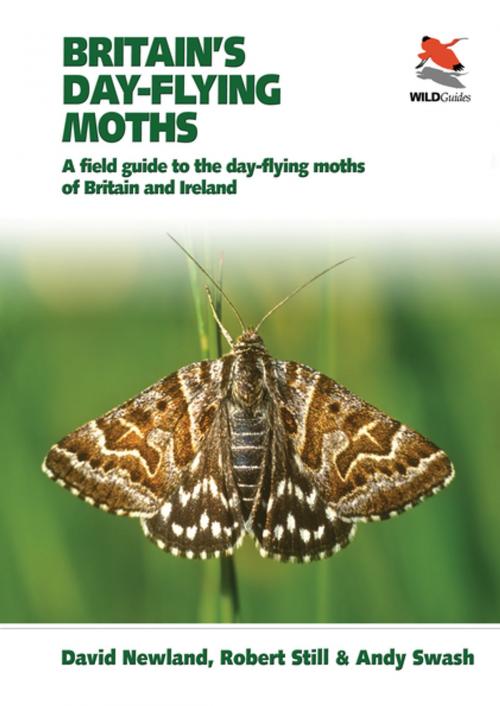Britain's Day-flying Moths
A Field Guide to the Day-flying Moths of Britain and Ireland
Nonfiction, Science & Nature, Nature, Insects & Spiders, Travel, Europe, Great Britain| Author: | David Newland, Andy Swash, Mark Parsons, Robert Still | ISBN: | 9781400846900 |
| Publisher: | Princeton University Press | Publication: | September 22, 2013 |
| Imprint: | Princeton University Press | Language: | English |
| Author: | David Newland, Andy Swash, Mark Parsons, Robert Still |
| ISBN: | 9781400846900 |
| Publisher: | Princeton University Press |
| Publication: | September 22, 2013 |
| Imprint: | Princeton University Press |
| Language: | English |
This concise photographic field guide will help you identify any of the 100 or so day-flying moths found in Britain and Ireland. Combining stunning photographs, authoritative text, and an easy-to-use design, this book makes a perfect traveling companion--one that will increase your enjoyment of these colorful and intriguing creatures. Like butterflies, some moths fly regularly in sunshine, whereas others that usually fly only at night are readily disturbed from their resting places during the day. This guide describes all of these species, with at least one photograph of each in its natural, resting pose. The text includes a brief description of each moth, with details of its life history, where and when to look for it, its status, the food plants of its caterpillars, and its special features. Introductory sections cover many topics, including how to distinguish moths from butterflies; classification; life cycle and behavior; ecological importance; the impact of habitat and climate change; recording and monitoring; and conservation.
- Individual accounts for some 100 species
- Stunning photographs of every moth, as you see them
- Attractive, easy-to-use, and accessible design
This concise photographic field guide will help you identify any of the 100 or so day-flying moths found in Britain and Ireland. Combining stunning photographs, authoritative text, and an easy-to-use design, this book makes a perfect traveling companion--one that will increase your enjoyment of these colorful and intriguing creatures. Like butterflies, some moths fly regularly in sunshine, whereas others that usually fly only at night are readily disturbed from their resting places during the day. This guide describes all of these species, with at least one photograph of each in its natural, resting pose. The text includes a brief description of each moth, with details of its life history, where and when to look for it, its status, the food plants of its caterpillars, and its special features. Introductory sections cover many topics, including how to distinguish moths from butterflies; classification; life cycle and behavior; ecological importance; the impact of habitat and climate change; recording and monitoring; and conservation.
- Individual accounts for some 100 species
- Stunning photographs of every moth, as you see them
- Attractive, easy-to-use, and accessible design















